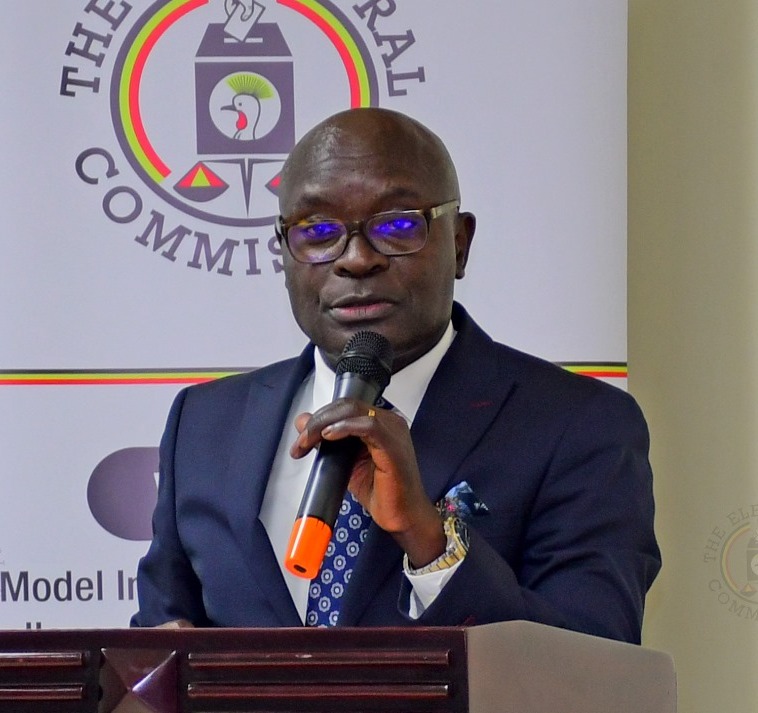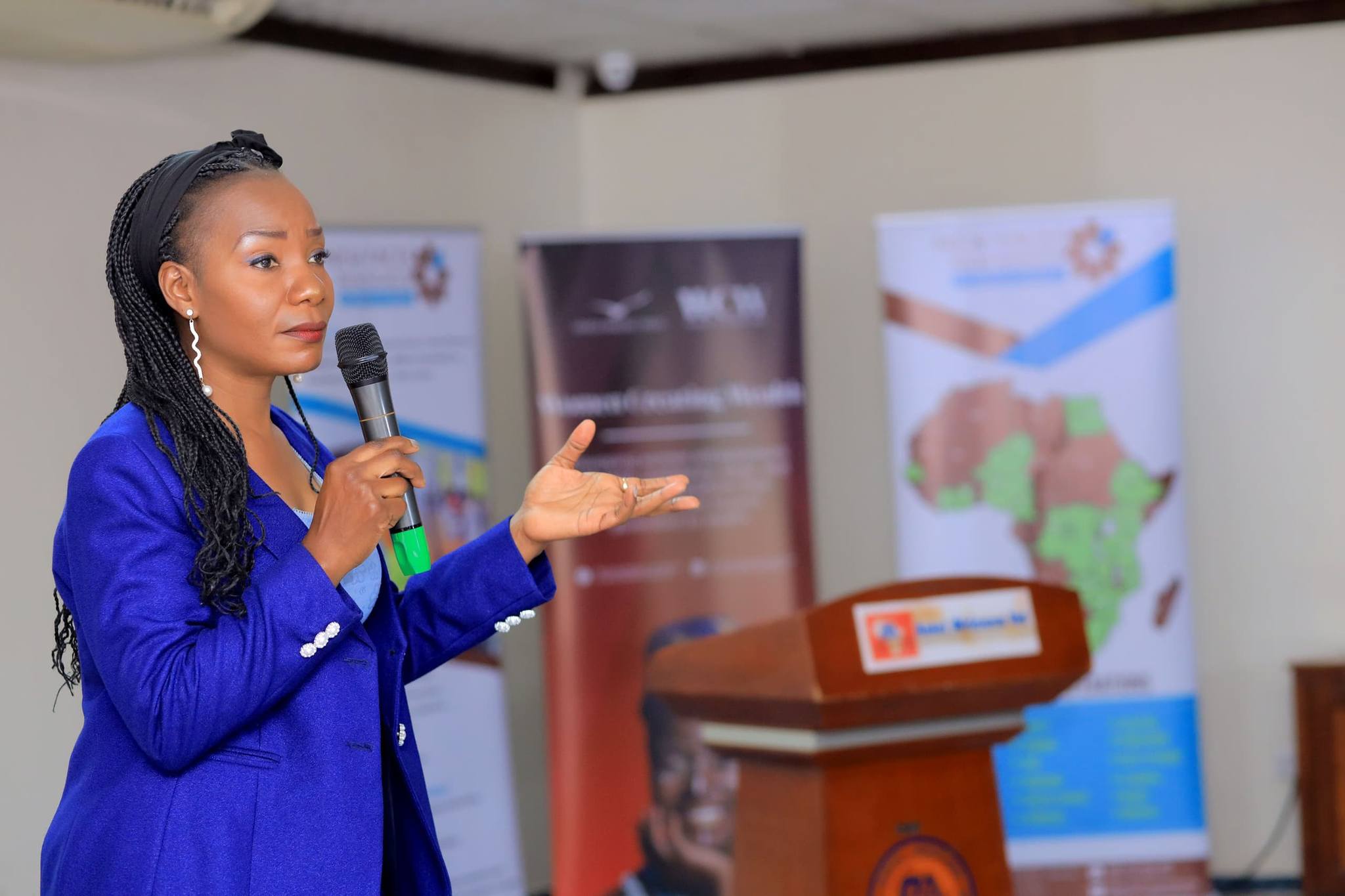Let’s not overlook environmental impacts of Karuma Hydropower Project to local communities
Although Karuma is thought that this will provide a chance for economic expansion and development, it has also come with significant risks and difficulties related to climate change.

By Shadia Nakazibwe
This week, media released that the Karuma hydropower project is on schedule to achieve commercial operations by September this year after the first two units were synchronized on the national grid.
The 600MW project, which will be the largest power project in Uganda when it is fully commissioned, has already had two units – one and four – each with 100MW connected to the national grid, 10 years after construction started. Unit three has also been tested and is expected to be synchronized to the national grid soon.
Notably, one of the countries in East Africa where significant oil finds have been made is Uganda. Although it is thought that this will provide a chance for economic expansion and development, it has also come with significant risks and difficulties related to climate change, as well as rising debts brought on by the expansion of the oil industry.
Karuma Hydro Power Dam, located along the Nile River in Uganda, was constructed with the aim of generating clean and sustainable energy to meet the country’s growing electricity needs. While the dam is marketed as a positive development for Uganda’s energy sector, it is crucial to acknowledge and address the negative impacts it has had on the local communities residing in its vicinity.
The construction of large-scale infrastructure project, has necessitated the resettlement of communities residing in the affected area, the project has led to the forced relocation of several communities, who have been living in the area for generations. This has resulted into immense social and psychological distress among the affected communities
Furthermore, the Karuma Dam’s reservoir will alter the landscape, affecting natural habitats and biodiversity. The dam’s operation entails altering the natural flow of the Nile River, which has far-reaching ecological consequences plus the Changes in water flow and sediment transport impact downstream ecosystems, affecting the availability of nutrients and the siltation of riverbanks. This alteration has led to the decline of fish populations, affecting the livelihoods of local fishermen and the availability of a vital food source.
The dam’s construction has resulted in the flooding of large areas, leading to the destruction of important natural habitats and ecosystem functions. The flooding has caused the loss of valuable farmland, forested areas, and aquatic habitats. These habitats are essential for supporting local biodiversity, including fish populations, wildlife, and plant species
The Karuma Dam project also influences the cultural fabric and social dynamics of nearby communities. Displacement and resettlement has led to the disruption of traditional livelihoods, social networks, and cultural practices.
While the project promises to enhance the country’s energy capacity and contribute to economic growth, it is essential to examine the potential impacts on the lives and livelihoods of the people who call these areas home.
Government needs to establish a revenue-sharing mechanism that allocates a portion of the project’s proceeds to local communities. This can be done through direct cash transfers, community development funds, or investments in local infrastructure, education, healthcare, and other essential services.
There’s also need to enforce strict environmental regulations to minimize the negative impacts of the dam project on local communities. Monitor and mitigate any environmental damage caused, ensuring responsible waste management and also prioritize community health by providing access to healthcare services and conducting regular health assessments in areas surrounding the dam.
Therefore as the Karuma Dam nears completion, it is very crucial for the governments together with stakeholders, to work with the local communities to ensure that it’s benefits reach the local communities and that their voices are heard throughout the process. By prioritizing sustainable development, environmental stewardship, and the well-being of the affected communities, the project can be a catalyst for positive change, ensuring a brighter future for all that are involved.
Shadia Nakazibwe, Programs Assistant at Environmental Governance institute
nakazibweshadia61@gmail.com







